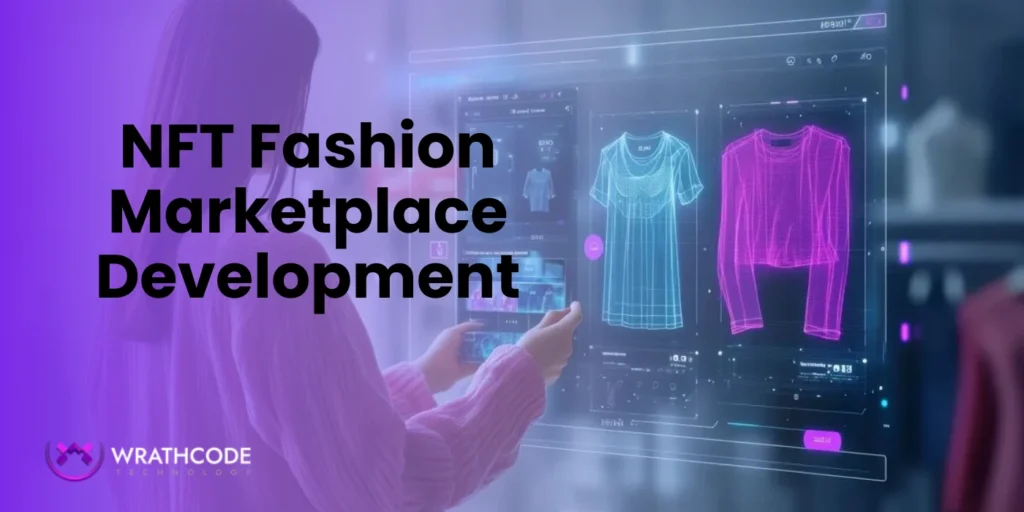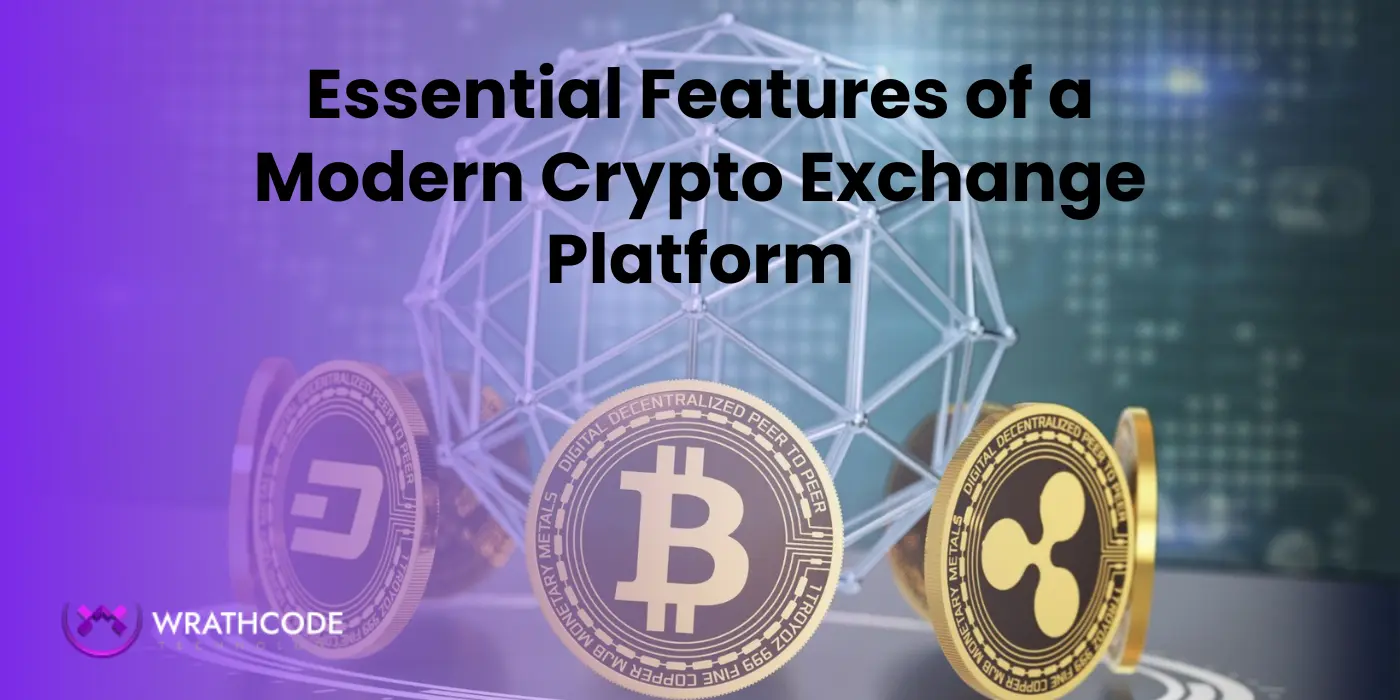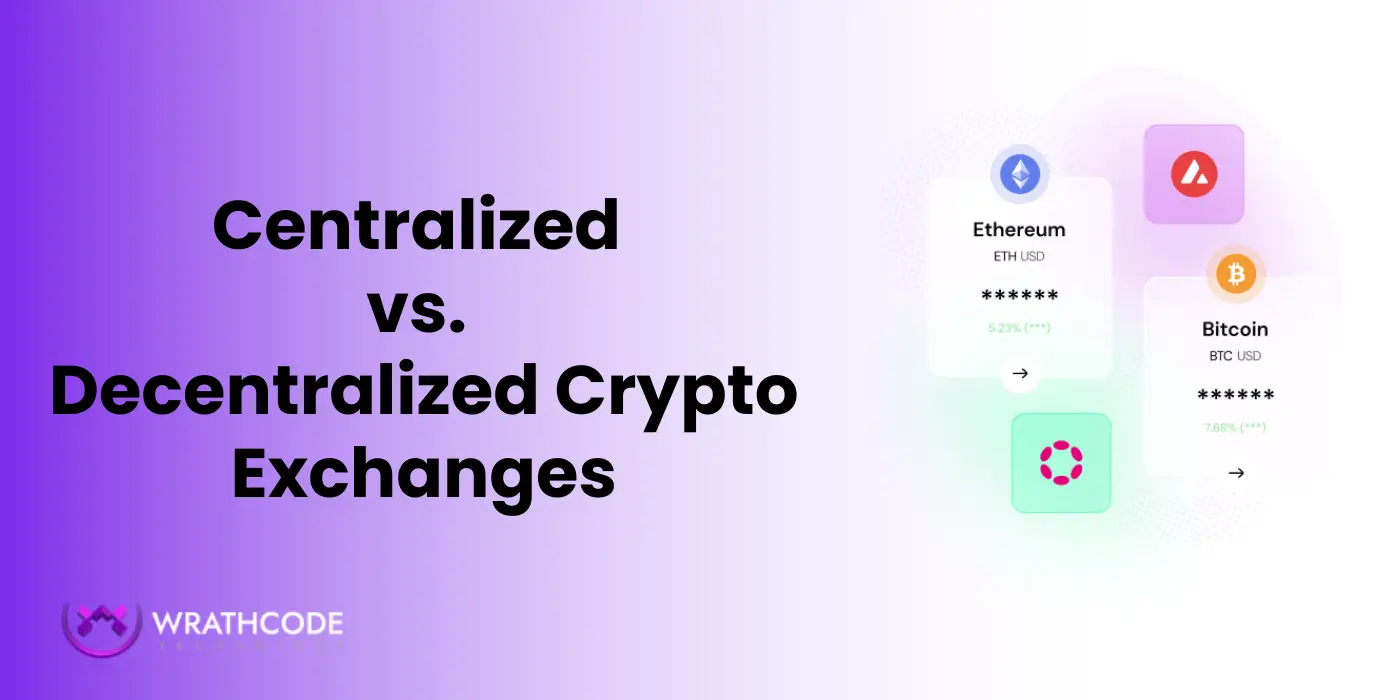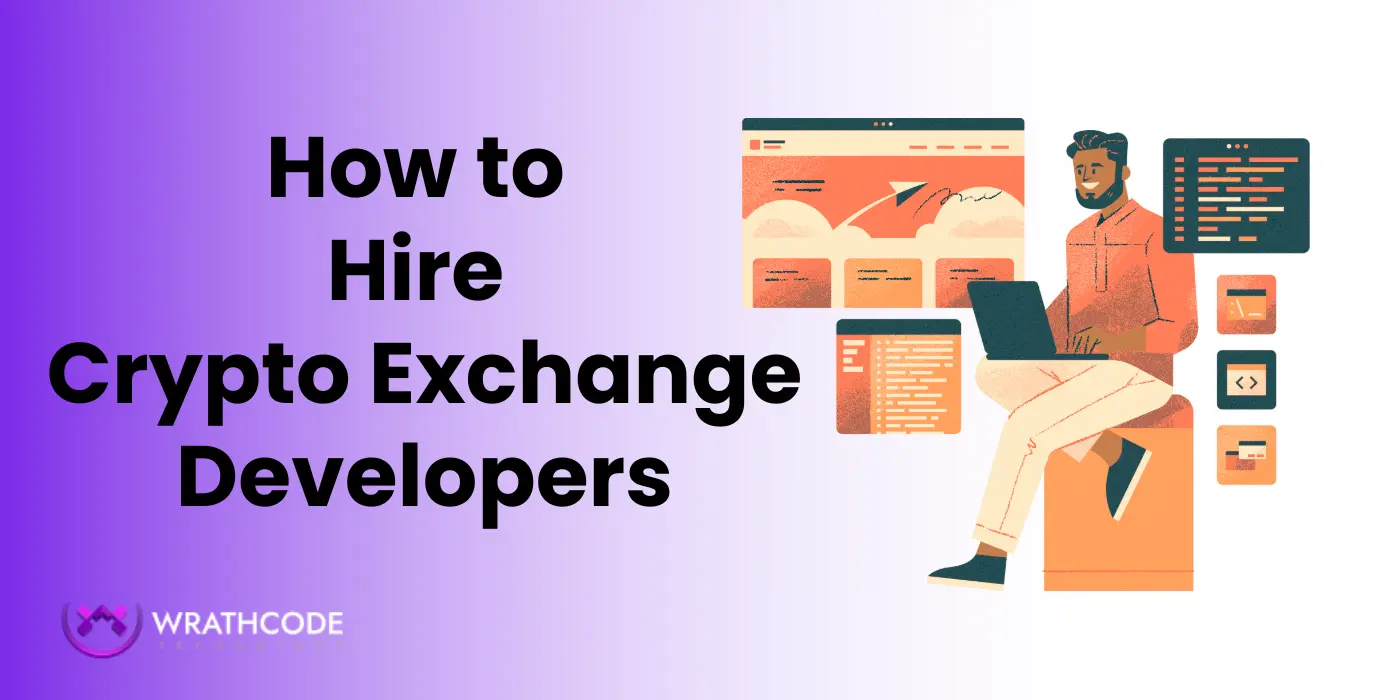
Fashion is going digital fast. With NFT Fashion Marketplace Development, designers can now turn clothes, shoes, and accessories into NFTs and sell them safely through blockchain.
Many big brands are already exploring this space. According to Dune Analytics, Nike made over $185 million from NFT fashion sales, showing how strong this trend has become.
In this blog, you’ll learn how an NFT fashion marketplace works, what features matter, and how to build one from scratch.
How NFT Fashion Marketplace Works (Easy Steps)
An NFT fashion marketplace is like an online store but for digital fashion items. Instead of buying real clothes, users buy NFT versions that prove who owns the design.
Here’s how it works in easy steps:
Step 1: Create Digital Fashion
Designers make digital clothes or accessories using 3D tools. These designs can look just like real items or be something that only exists online.
Step 2: Mint the NFT
The design is then “minted” — turned into an NFT using blockchain. This step gives it a unique ID so everyone can see who owns it.
Step 3: List the Item for Sale
After minting, the designer lists the NFT on the marketplace. They can set a fixed price or start an auction. Buyers use cryptocurrency like Ethereum or Polygon tokens to make payments.
Step 4: Buyer Purchases and Owns
When someone buys the NFT, ownership moves to the buyer’s digital wallet. The blockchain records this change instantly, keeping it transparent and safe.
Step 5: Resale and Royalties
If the new owner sells it later, the designer still earns a small fee called a royalty. This is managed through smart contracts — bits of code that handle payments automatically.
According to Statista, the NFT fashion market is expected to cross $2 billion by 2026, showing how digital fashion is becoming a real business opportunity for creators worldwide.
Key Benefits of NFT Fashion Marketplace Development
Building an NFT fashion marketplace gives both designers and buyers new ways to connect and earn. Below are the main benefits explained simply.
1. New Income Opportunities
Designers can sell their digital fashion to global buyers without needing physical stock. This helps them earn more while reducing costs.
2. Lifetime Royalties
Each time their NFT gets resold, creators still earn money through royalties. This system keeps paying them long after the first sale.
3. Global Reach
Anyone with internet access can buy or sell NFT fashion. It removes borders and helps small designers reach worldwide audiences.
4. Safe Ownership with Blockchain
Every NFT has a record on blockchain. This stops fake copies and shows clear proof of who owns what.
5. Less Waste, More Sustainability
Digital fashion means fewer real materials are used. Many experts believe it can help reduce waste and pollution in the fashion industry (source: Vogue Business).
6. Better Control for Designers
Designers keep full control of their work. They can set prices, limits on copies, and even decide how their items can be used online.
Also read – How Much Does NFT Marketplace Development Really Cost?
Important Features of NFT Fashion Marketplace Development
To build a strong NFT fashion marketplace, you need the right features. These features make the platform easy to use, safe, and engaging for both designers and buyers.
1. Simple User Dashboard
A clean and easy dashboard helps users upload, sell, and track their NFTs without confusion. It should work smoothly on both desktop and mobile.
2. Secure Wallet Integration
Buyers and sellers must connect digital wallets like MetaMask or Trust Wallet to store and trade NFTs safely.
3. Smart Contract System
Smart contracts manage payments, ownership, and royalties automatically. They make every transaction transparent and fair.
4. 3D and AR Preview
Allow users to preview clothes in 3D or Augmented Reality (AR) before buying. This feature helps them see how the outfit will look on a model or avatar.
5. Search and Filter Options
Strong filters help users find NFTs faster — by brand, price, category, or popularity.
6. Creator Profiles
Designers can build their profiles, showcase collections, and share stories about their designs. This builds trust with buyers.
7. Multiple Payment Support
Offer support for different cryptocurrencies like Ethereum, Polygon, or Solana. Some platforms also let users pay with credit cards through crypto gateways.
8. Community and Social Features
Likes, follows, and comments make the marketplace more interactive. It encourages engagement and helps designers grow their audience.
9. Admin Panel
Admins can monitor listings, manage users, and fix issues fast. A clear backend system keeps the platform running smoothly.
According to NonFungible.com, platforms that focus on smooth design and wallet safety see much higher trading activity — proving how key these features are for long-term success.
Also read – White-label vs Custom NFT Marketplace Development: Which One Should You Choose?
Steps to Develop NFT Fashion Marketplace
Building an NFT fashion marketplace requires planning, technology, and design. Here are the main steps to follow:
Step 1: Research and Plan
Understand your audience and fashion trends. Decide what types of NFTs you want to sell — clothes, shoes, or accessories.
Step 2: Choose Blockchain and Tech Stack
Pick a blockchain like Ethereum, Polygon, or Solana. These handle NFT creation and transactions. Also choose programming tools for the website or app.
Step 3: Design UI/UX
Create a simple and attractive design. Make sure users can browse, buy, and sell easily. Mobile-friendly design is very important.
Step 4: Develop Minting Tools
Build the tools that let designers mint NFTs. This includes smart contracts that manage ownership, royalties, and resale.
Step 5: Integrate Wallets and Payments
Connect digital wallets like MetaMask. Add payment options for cryptocurrency. Make transactions safe and fast.
Step 6: Test Security and Performance
Check the platform for bugs, errors, or security gaps. Test wallet connections and smart contracts thoroughly.
Step 7: Launch the Marketplace
Go live and invite designers and buyers. Promote the platform on social media and fashion communities.
Step 8: Maintain and Update
Keep the platform updated with new features. Fix bugs quickly and add improvements based on user feedback.
According to Statista, marketplaces that follow clear development steps see faster adoption and higher trading volumes, making the process critical for success.
Monetization Strategies for NFT Fashion Marketplace Development
Making money from an NFT fashion marketplace is important to keep it running and grow. Here are the main ways marketplaces earn revenue:
1. Transaction Fees
Every time someone buys an NFT, the marketplace takes a small percentage fee. This is the most common way to earn money. Even if the sale is small, with many users, it adds up quickly.
2. Minting Fees
When designers create or mint NFTs, they often pay a small fee. This fee covers blockchain costs and helps the platform earn extra income.
3. Royalties on Resale
Smart contracts let designers earn a percentage of each resale automatically. The marketplace can also take a small cut. This system keeps designers and the platform earning long-term.
4. Premium Listings
Designers can pay to feature their items or highlight their collections on the marketplace. This helps them get more attention and makes extra money for the platform.
5. Membership or Subscription Plans
Marketplaces can offer special memberships for buyers or designers. Members might get early access to new items, discounts, or exclusive NFTs, giving the platform steady revenue.
6. Advertising and Partnerships
The platform can collaborate with brands, run ads, or partner with fashion events. These methods bring extra income while promoting the marketplace.
Challenges & How to Overcome Them in NFT Fashion Marketplace Development
Building an NFT fashion marketplace comes with challenges. Knowing them helps designers and developers plan better.
1. Technical Issues
NFT platforms must handle many users and transactions. Slow performance or wallet errors can frustrate users.
Solution: Test the platform thoroughly and optimize smart contracts for speed and security.
2. User Trust and Adoption
Some users may not understand NFTs or feel nervous about spending money.
Solution: Add tutorials, clear instructions, and easy wallet setup. Transparency builds trust.
3. Legal and Copyright Concerns
Selling digital fashion can cause copyright problems if designs are copied or stolen.
Solution: Verify creators and use blockchain to prove ownership. Add clear rules for listings.
4. High Blockchain Fees
Some blockchains charge high gas fees for minting or transactions, making NFTs expensive.
Solution: Choose cost-effective blockchains like Polygon or Solana for lower fees.
5. Scalability Problems
If the platform grows fast, servers and databases may not handle the traffic.
Solution: Use scalable cloud servers and database systems to support many users at once.
6. Environmental Concerns
NFT transactions can consume a lot of energy.
Solution: Pick eco-friendly blockchains or layer-2 solutions to reduce environmental impact.
According to Forbes, addressing these challenges early improves marketplace reliability and user confidence, which is key for long-term growth.
Case Studies of Successful NFT Fashion Marketplaces
Learning from existing NFT fashion marketplaces helps understand what works. Here are some popular examples:
1. DressX
DressX is a marketplace for digital clothes. Users can buy outfits for photos, videos, or virtual events. Designers earn from initial sales and resales. According to DressX official site, the platform has collaborated with big brands like Tommy Hilfiger and Dolce & Gabbana.
2. UNXD
UNXD focuses on luxury digital fashion. It connects high-end designers with collectors worldwide. Every NFT sold uses blockchain to prove authenticity. Forbes reported that UNXD has helped brands reach global buyers and earn royalties from resales.
3. The Dematerialised
This platform sells digital-only fashion from different designers. Users can showcase outfits in virtual worlds and AR apps. According to The Dematerialised site, it emphasizes sustainability by reducing physical production.
4. Nike’s Nikeland and Cryptokicks
Nike entered NFTs with digital shoes called Cryptokicks. Buyers can own unique digital shoes and trade them online. Dune Analytics shows that Nike earned over $185 million from NFT sales, proving the potential of combining fashion and NFTs.
These examples show how digital fashion marketplaces can:
- Offer new earning opportunities for designers
- Attract global buyers
- Support resale royalties
- Promote sustainable fashion
Looking for NFT Fashion Marketplace Development? Choose Wrathcode
If you are planning NFT Fashion Marketplace Development, Wrathcode is a top choice. They have completed 300+ projects in NFT marketplace development, helping brands and designers launch their digital fashion platforms successfully.
Wrathcode offers:
- Custom marketplace design for your brand
- Secure wallet integration and smart contracts
- Minting tools for digital fashion NFTs
- Mobile-friendly platforms for buyers and designers
With their experience, you can launch your NFT fashion marketplace faster and safer. Choosing a trusted developer like Wrathcode makes building your digital fashion platform much easier.




Leave a Reply